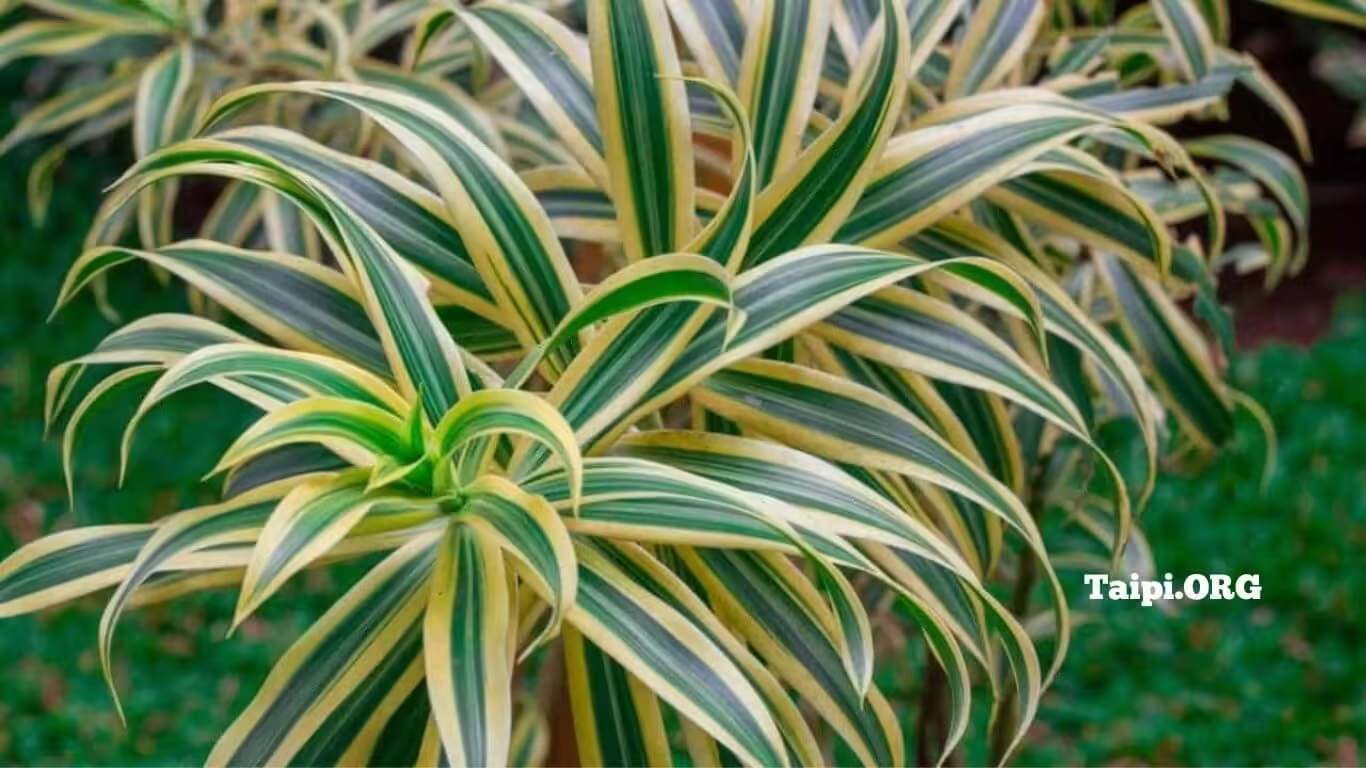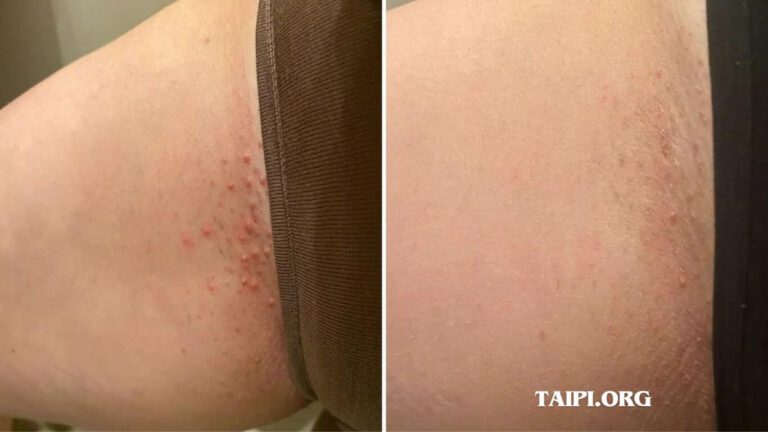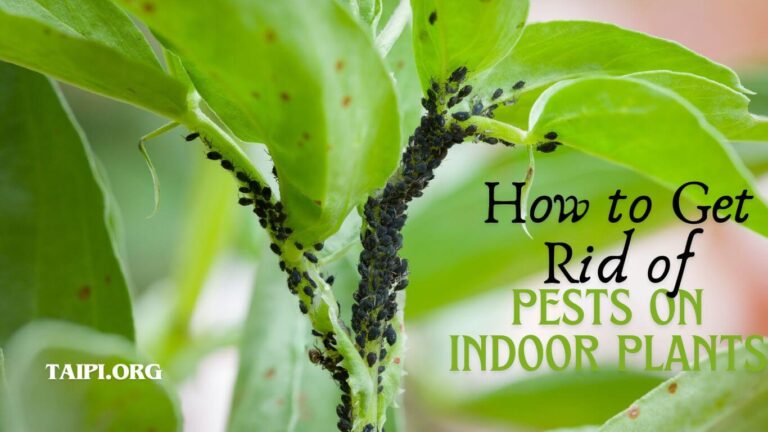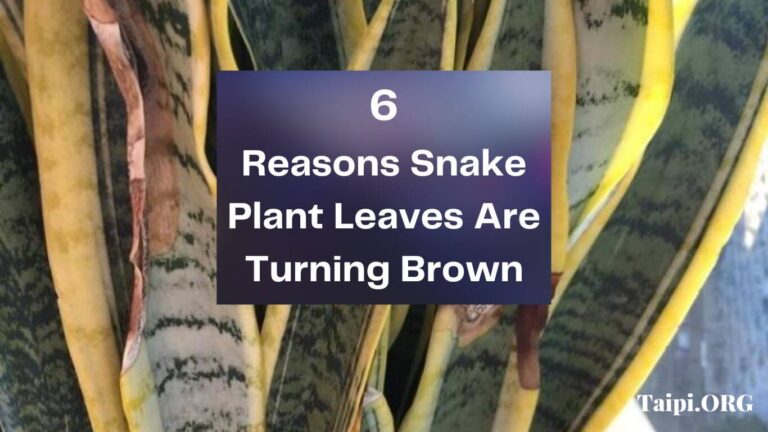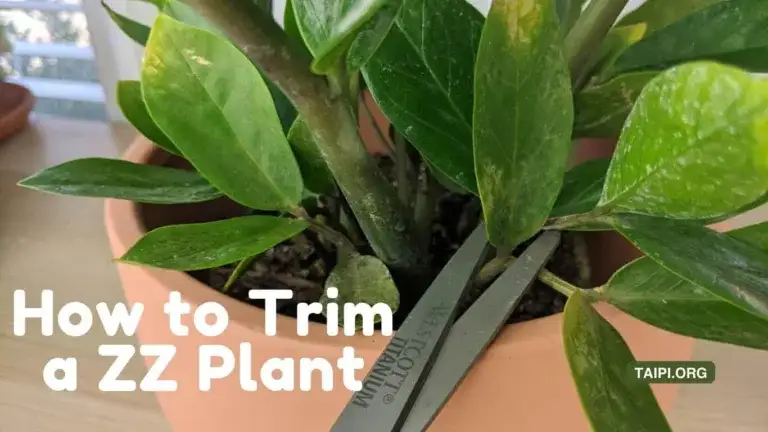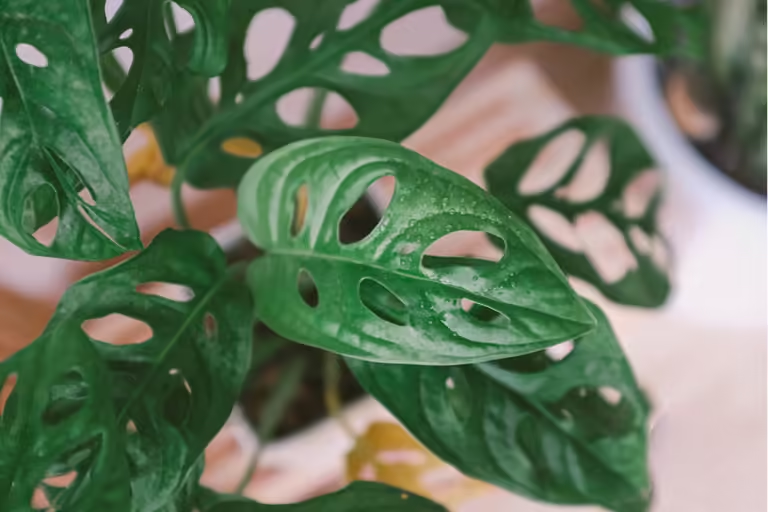Dracaena Reflexa Care, Propagation, Benefits, and Disadvantages
DRACAENA reflexa, also known as the Song of India, is a popular houseplant celebrated for its striking foliage and ease of care. Whether you’re a seasoned plant enthusiast or a beginner looking to add a touch of greenery to your home, Dracaena reflexa offers a perfect blend of beauty and simplicity. This guide will delve into the essentials of caring for this remarkable plant, explore various propagation methods, and highlight the numerous benefits of growing Dracaena reflexa and Dracaena pleomele reflexa indoors.
Additionally, we’ll address some potential disadvantages to ensure you can make the most informed decision about welcoming this plant into your space.
Background History of Dracaena reflexa
Dracaena reflexa, is native to the islands of the Indian Ocean, particularly Madagascar, Mauritius, and other nearby regions. It belongs to the Asparagaceae family. The name “Dracaena” is derived from the Greek word “drakaina,” meaning dragon, a nod to the plant’s thick, often dragon-like stems and vibrant, sword-shaped leaves.
Traditionally, the plant has been revered in various cultures for its ornamental beauty and resilience.
First documented in the 18th century by the renowned French botanist Jean-Baptiste Lamarck, Dracaena reflexa quickly gained popularity in European gardens and greenhouses.
Dracaena pleomele reflexa’s adaptability to indoor environments, coupled with its ability to thrive with minimal care, made it a favorite among plant enthusiasts and botanists alike. Today, it continues to be a beloved choice for indoor gardening, appreciated not only for its aesthetic appeal but also for its air-purifying qualities.
Related Reads:
- How to Propagate Song of India Plant
- How to Make Song of India Plant Bushy
- How to Care for Song of India Plant
How to Care for Dracaena Reflexa Plant
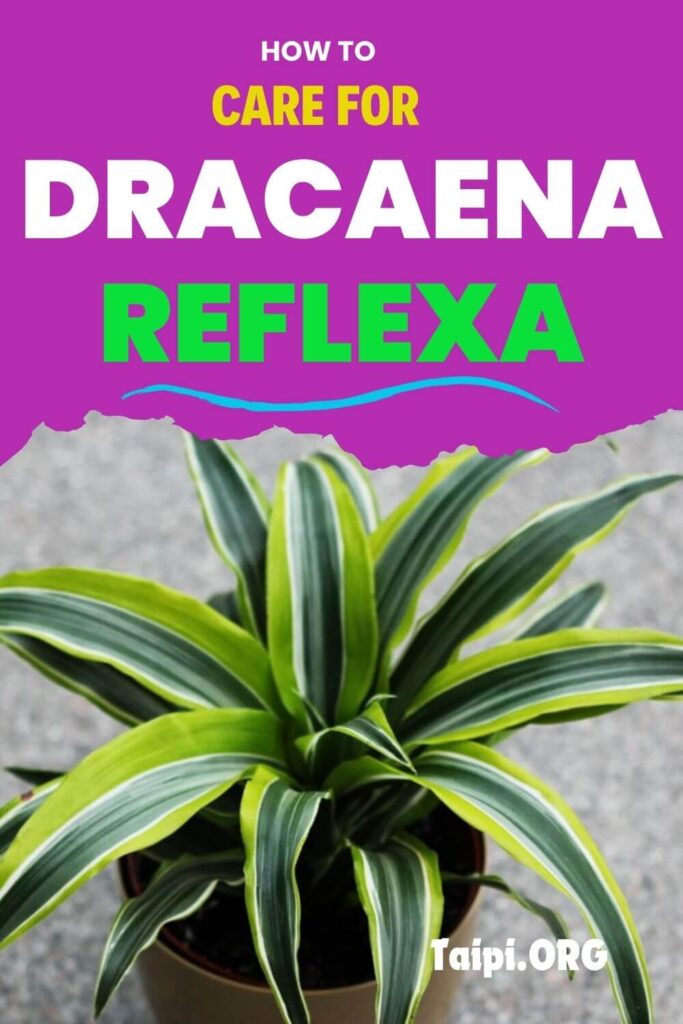
Provide your Dracaena reflexa plant with the following growing conditions and be happy to grow a healthy plant:
Light Requirements
Dracaena reflexa thrives best in bright, indirect light. While it can adapt to lower light conditions, optimal growth occurs with ample indirect sunlight. Avoid direct sunlight, as it can scorch the leaves.
Watering
Proper watering is crucial for Dracaena reflexa. Water the plant when the top inch of soil feels dry to the touch. Be careful not to overwater, as this can lead to root rot. During the winter months, reduce the watering frequency.
Soil and Potting
A well-draining potting mix is essential for Dracaena pleomele reflexa. A mix designed for houseplants or a blend of potting soil, peat, and perlite works well. Ensure the pot has drainage holes to prevent water from accumulating at the bottom.
Temperature and Humidity
Dracaena reflexa prefers temperatures between 60 and 75°F (15-24°C). It can tolerate slightly cooler temperatures but you must keep it away from cold drafts. This plant adapts well to average indoor humidity levels, but occasional misting can help, especially in dry environments.
Fertilization
Feed your Dracaena reflexa with a balanced liquid fertilizer once a month during the growing season (spring and summer). Reduce feeding during the fall and winter when the plant’s growth slows down.
How to Propagate Dracaena reflexa
There are two main ways of propagating Dracaena reflexa plant, namely:
From Stem Cuttings
Propagating Dracaena reflexa through stem cuttings is straightforward:
- Select a Healthy Stem: Choose a stem with several leaves.
- Cut the Stem: Use a clean, sharp knife or scissors to make a cut below a leaf node.
- Prepare the Cutting: Remove the lower leaves from the cutting.
- Rooting Medium: Place the cutting in water or moist soil. If using water, change it regularly to prevent stagnation.
- Roots Development: Roots should develop in a few weeks. Once roots are established, transfer the cutting to a pot with soil.
Air Layering Propagation Method
Air layering is another effective method for propagating Dracaena reflexa:
- Select a Stem: Choose a healthy stem and make a small upward cut on it.
- Add Moss: Insert a toothpick to keep the cut open and apply moist sphagnum moss around it.
- Wrap: Cover the moss with plastic wrap to maintain moisture.
- Wait for Roots: Roots will develop within a few weeks to months. Once roots are visible, cut below the new root mass and plant it in soil.
Benefits of Growing Dracaena reflexa Plant Indoors
Here are some of the irrefutable benefits of growing Dracaena reflexa indoors:
Air Purification
Dracaena reflexa is known for its ability to purify indoor air by removing toxins such as formaldehyde, benzene, and trichloroethylene. This makes it an excellent choice for improving air quality in homes and offices.
Compare: 10 Benefits of Indoor Plants
Aesthetic Appeal
With its glossy, arching leaves and compact form, Dracaena reflexa adds a touch of elegance and greenery to any indoor space. Its attractive appearance enhances home decor and creates a calming environment.
Low Maintenance
One of the most significant advantages of Dracaena reflexa is its low maintenance requirements. It is a hardy plant that can withstand neglect, making it suitable for busy individuals or those new to houseplants.
Disadvantages of Growing Dracaena reflexa
On the flip side, growing Dracaena reflexa has some disadvantages including:
Toxicity to Pets
Dracaena reflexa is toxic to pets, particularly cats and dogs. Ingestion can cause symptoms such as vomiting, drooling, and loss of appetite. Pet owners should place the plant out of reach or opt for non-toxic alternatives.
Compare:
- Are ZZ Plants Toxic to Dogs?
- Are Snake Plants Safe for Cats?
- Is Ficus Elastica Burgundy Toxic to Cats?
Slow Growth
Dracaena reflexa tends to grow slowly, which might be a disadvantage if you are looking for rapid growth or quick aesthetic changes. Patience is required to see significant growth and development.
Pest Susceptibility
While generally resilient, Dracaena reflexa can fall prey to pests like spider mites and scale insects. Regular inspection and prompt treatment with insecticidal soap or neem oil are necessary to keep these pests at bay.
What Now?
By understanding the care requirements, propagation methods, benefits, and potential disadvantages of Dracaena reflexa, you can enjoy this beautiful and beneficial plant in your indoor space while mitigating any challenges it may present.

